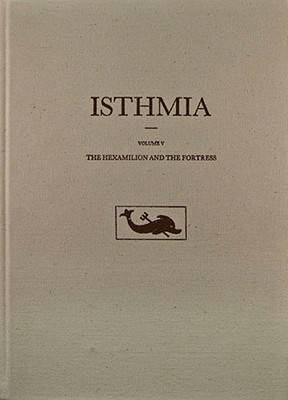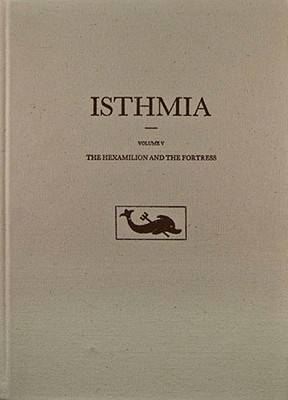
- Afhalen na 1 uur in een winkel met voorraad
- Gratis thuislevering in België vanaf € 30
- Ruim aanbod met 7 miljoen producten
- Afhalen na 1 uur in een winkel met voorraad
- Gratis thuislevering in België vanaf € 30
- Ruim aanbod met 7 miljoen producten
Zoeken
€ 114,95
+ 229 punten
Omschrijving
The Hexamilion, a 7,600 meter long wall across the Isthmus of Corinth, was built in the reign of Theodosius II (A.D. 408 to 450) in an attempt to preserve the Greek peninsula from barbarian invasion. The fortress, located directly east and northeast of the sanctuary of Poseidon, is the best-preserved part of the Byzantine fortifications and is the area most fully excavated. This fifth volume in the Isthmia series examines earlier attempts to fortify the Isthmus and presents the most important testimonia for historical interpretation. The archaeological remains of the Hexamilion are traced from the Gulf of Corinth to the Saronic Gulf, with topographical maps and a schematic view of its elevation. Matters of military strategy and construction techniques are discussed and historical analysis provided.
Specificaties
Betrokkenen
- Auteur(s):
- Uitgeverij:
Inhoud
- Aantal bladzijden:
- 180
- Taal:
- Engels
- Reeks:
Eigenschappen
- Productcode (EAN):
- 9780876619353
- Verschijningsdatum:
- 1/12/1993
- Uitvoering:
- Hardcover
- Formaat:
- Genaaid
- Afmetingen:
- 229 mm x 305 mm
- Gewicht:
- 516 g

Alleen bij Standaard Boekhandel
+ 229 punten op je klantenkaart van Standaard Boekhandel
Beoordelingen
We publiceren alleen reviews die voldoen aan de voorwaarden voor reviews. Bekijk onze voorwaarden voor reviews.











